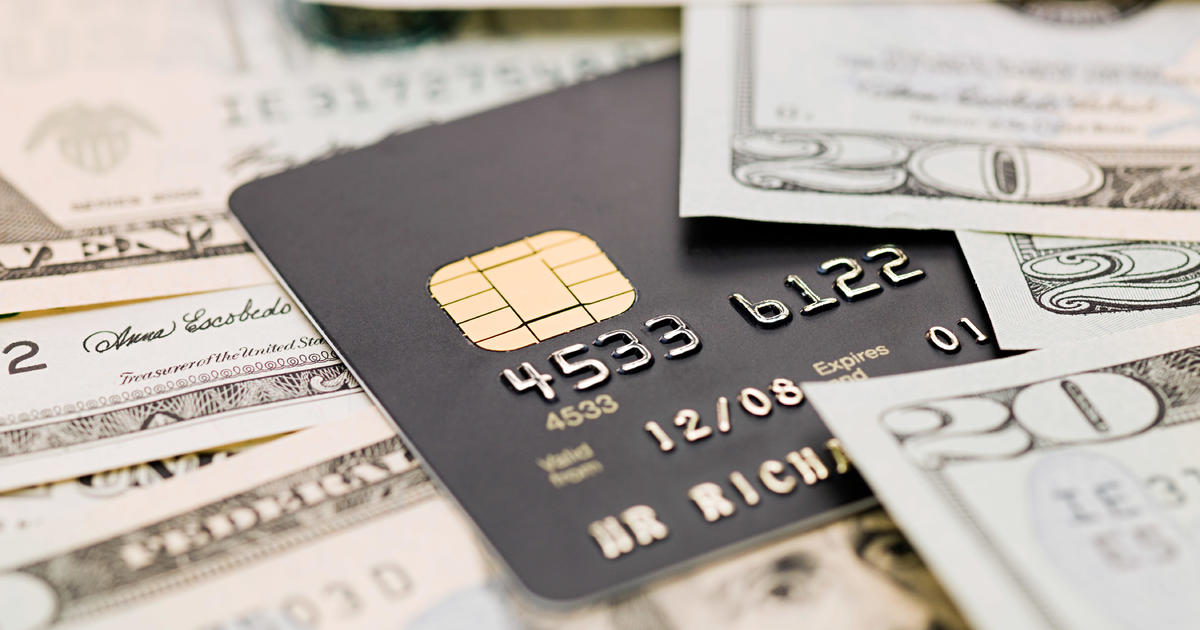Why have Americans racked up so much credit card debt?

Americans are overspending in record amounts, after hunkering down and building on their financial savings during the pandemic.
The acute rise in credit card debt has been a long time coming, with Americans increasingly relying on credit cards to make purchases. But the increase is also driven by more recent factors like inflation and high credit card interest rates, experts say.
Consumers racked up $180 billion in new credit card debt in 2022, the largest amount of debt ever added in a single year, according to a recent study from personal finance website WalletHub.
Nearly half of that total — almost $86 billion — was added in the fourth quarter, marking the biggest ever quarterly increase in credit card debt.
The average household’s credit card balance was $9,990, up 9% from in the fourth quarter of 2021.
What’s driving balances to record levels?
“This is a chronic issue overall where we as a society have gotten more used to using credit for everything,” Michael Reynolds, a certified financial planner and owner of Elevation Financial. “Credit card companies are incredibly good marketers and credit cards have become the norm and a way of life for everyone.”
Consumers become psychologically detached from the purchases they make when using credit, versus a debit card or cash, which are more tangible forms of payment, according to Reynolds. “That detachment makes people feel less pain or stress when they use credit. It doesn’t feel like they’re spending real money,” he said.
More recently, government stimulus programs during the pandemic, like enhanced unemployment benefits, infused cash into households that became accustomed to the financial cushion — even when it dried up.
“I think a lot of people got used to spending cash they didn’t otherwise have,” Reynolds said. “They got into patterns that involved a higher level of spending that they’re now using debt for,” he added.
Record-high APRs
Record-high inflation has contributed to Americans’ growing credit card debt, too, as the prices of goods from groceries to gas rise, sometimes leaving folks living paycheck-to-paycheck in a financial pinch.
Typically, it’s consumers’ day-to-day living expenses, or some kind of emergency expense that gets folks into trouble, not lavish spending.
“Everything seems to cost more. People are paying more for food, housing and gas. Generally, it’s the practical stuff that gets people into credit card debt,” said Ted Rossman, credit expert for CreditCards.com. “It’s all contributing to increased balances.”
Stop digging the hole
At the same time, credit card interest rates are rising, causing Americans’ outstanding debt to grow faster.
The average credit card interest rate rose to a record high of 20.4% this week, according to a CreditCards.com report.
For starters, to begin tackling credit card debt, consumers should stop using their credit cards.
“If you’re in a hole, stop digging,” Rossman said.
Reynolds said he encourages his clients to take a three month credit card break and instead use debit or cash for all purchases.
“Usually they spend less, because when you spend on a debit card, it’s real money in your bank account, and it lowers your balance immediately. With a credit card, there’s a month long detachment from the act of buying something and when you have to actually pay for it,” he said.
Rossman’s top tip for consumers looking to get out of credit card debt is to transfer all of one’s debt to a 0% balance transfer card that charges no interest for up to 21 months.
“It’s so important to prioritize the interest rate,” he said.
Share this news on your Fb,Twitter and Whatsapp
Times News Network:Latest News Headlines
Times News Network||Health||New York||USA News||Technology||World News